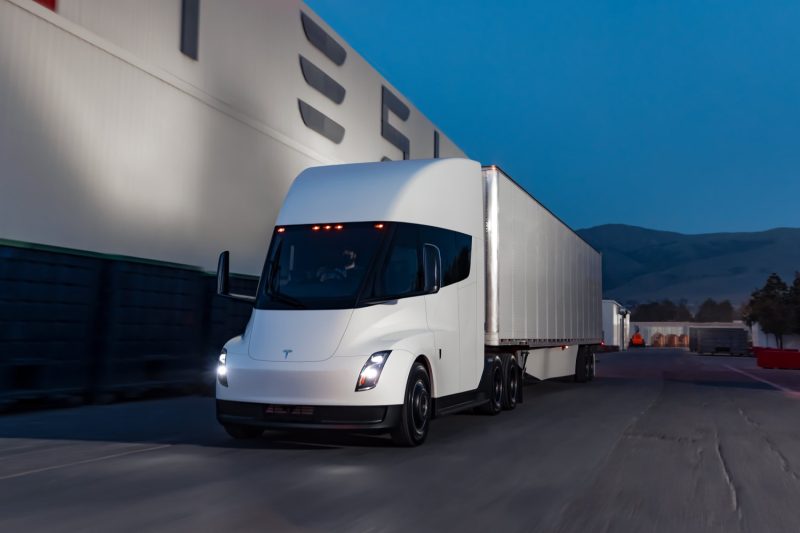
Whopping 50,000 Gallons of Water Battles Tesla Semi Blaze in California!
In a notable incident that unfolded in California, a Tesla Semi, the all-electric freight transportation vehicle from Tesla Inc., caught fire, requiring an estimated 50,000 gallons of water to extinguish. It was reported that the fiery incident occurred while the Semi was being tested in the Golden state, making the event all the more significant because the all-electric semi-truck isn’t even widely available to the public yet.
On the day of the incident, fire salvoes were called to the scene after reports of a large vehicle fire. Upon their arrival, they found the Tesla Semi engulfed in flames. The firefighters were surprised to find an electric vehicle of such size and scale catching fire and consuming an astoundingly large amount of water to douse. It took several hours of continuous effort before the fire was completely put out. The incident was indeed a stark reminder of the challenges associated with not only electric vehicles but also vehicles of such magnitude, raising several critical considerations about their safety.
The firefighters needed to summon a vast amount of resources to suppress the fire consuming the Tesla Semi. The task of extinguishing the flames wasn’t a walk in the park, considering the sizable vehicle and technology involved. Firefighters from multiple departments had to use approximately 50,000 gallons of water. To put this in perspective, an average home in America consumes around 100,000 gallons of water a year. Hence, to douse a fire on a single vehicle, approximately half of that annual consumption was needed, a fact that stands as a testimonial to the magnitude of the event.
However, the cause of the fire remains unknown. Tesla hasn’t published any details regarding the incident as of yet and Tesla’s semi-truck is still only a handful of prototypes. What is clear, though, is the necessity to thoroughly investigate and identify the cause to prevent similar incidents in the future – especially considering the company’s impending plans to commercialize the vehicle.
Worth mentioning is the impact such incidents have on the wider sphere of electric vehicle (EV) market. Incidents of this magnitude tend to instigate questions about the safety protocols currently in place. As much as the incident raised concerns among the public and potential customers, the industry and auto manufacturers should take this as an opportunity to constructively assess the situation and find avenues for improvement in their vehicles in terms of safety and fire-suppression systems.
Moreover, this incident brings to light another challenging factor for electric vehicles – their battery systems. Tesla, like other electric vehicle manufacturers, uses lithium-ion battery technology. While these batteries hold immense energy and are relatively lightweight, which makes them suitable for use in EVs, they also carry risks. If damaged or improperly managed, lithium-ion batteries can cause a thermal runaway, a chain reaction leading to self-heating and combustion.
Despite the challenges, electric vehicles still remain one of the most promising solutions to combat climate change and reduce global carbon emissions. Therefore, the incident should not deter the progress of the EV industry, but rather be recognized as a call for increased safety standards, preventive measures and advancements in technology to handle such incidents more effectively in the future. The Tesla Semi fire incident in California should serve as a starting point for new safety discussions and an incentive to develop safer practices in electric vehicle operations.
